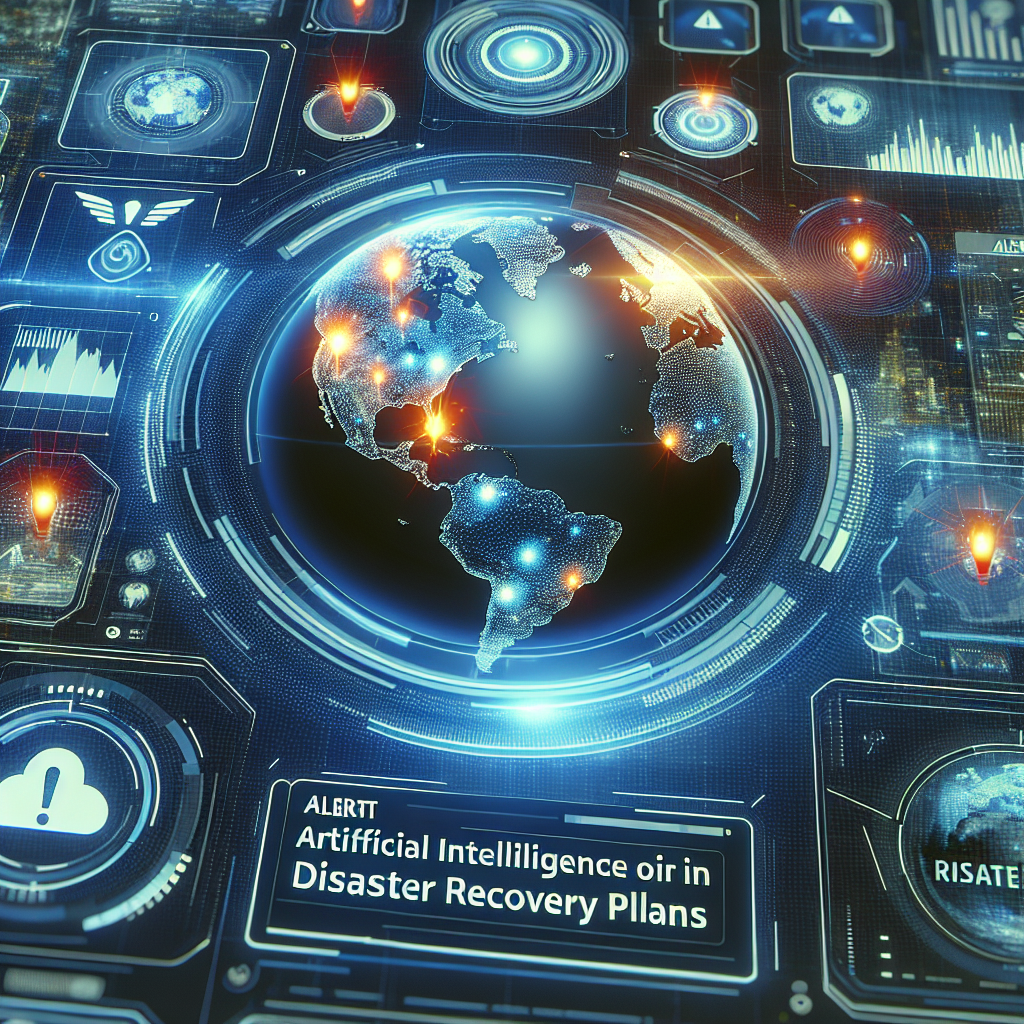In recent years, the use of artificial intelligence (AI) solutions has become increasingly prevalent in a variety of industries, including disaster recovery planning. AI technologies have the potential to revolutionize how organizations prepare for and respond to natural disasters, such as hurricanes, earthquakes, and wildfires. By harnessing the power of AI, organizations can more effectively anticipate, mitigate, and recover from the impact of disasters.
AI solutions offer a wide range of benefits for disaster recovery planning. One of the key advantages is the ability to analyze vast amounts of data in real-time, enabling organizations to quickly identify emerging threats and take proactive measures to protect their assets. For example, AI algorithms can monitor weather patterns, seismic activity, and other indicators of potential disasters, providing early warning alerts to decision-makers.
Furthermore, AI can help organizations optimize their disaster recovery plans by simulating various scenarios and assessing the effectiveness of different strategies. By running simulations, organizations can identify potential weaknesses in their plans and make adjustments to improve their overall preparedness. This proactive approach can help organizations minimize the impact of disasters and ensure a more efficient recovery process.
AI solutions can also enhance the efficiency of disaster response efforts. For example, AI-powered drones can be deployed to assess damage in hard-to-reach areas, providing critical information to first responders and decision-makers. AI algorithms can also analyze social media data to identify individuals in need of assistance during a disaster, enabling organizations to prioritize their response efforts.
In addition to improving disaster recovery planning and response, AI solutions can also help organizations enhance their overall resilience to disasters. By leveraging AI technologies, organizations can identify vulnerabilities in their infrastructure, supply chain, and operations, and take proactive measures to strengthen their resilience. This proactive approach can help organizations minimize the impact of disasters and ensure a faster recovery process.
Overall, AI solutions have the potential to revolutionize how organizations prepare for and respond to natural disasters. By harnessing the power of AI, organizations can improve their disaster recovery planning, enhance their response efforts, and strengthen their overall resilience to disasters. As the threat of natural disasters continues to grow, the use of AI solutions will become increasingly important for organizations looking to protect their assets and ensure business continuity in the face of adversity.
FAQs:
Q: What are some examples of AI solutions that can be used for disaster recovery planning?
A: Some examples of AI solutions that can be used for disaster recovery planning include predictive analytics algorithms, machine learning models, and natural language processing tools. These technologies can help organizations analyze data, simulate scenarios, and optimize their disaster recovery plans.
Q: How can AI solutions help organizations improve their disaster response efforts?
A: AI solutions can help organizations improve their disaster response efforts by providing real-time data analysis, enabling organizations to quickly identify emerging threats and take proactive measures to protect their assets. AI-powered drones can also be deployed to assess damage in hard-to-reach areas, providing critical information to first responders and decision-makers.
Q: What are some best practices for implementing AI solutions in disaster recovery planning?
A: Some best practices for implementing AI solutions in disaster recovery planning include conducting a thorough assessment of organizational needs and capabilities, identifying key stakeholders and decision-makers, and developing a clear roadmap for implementation. It is also important to ensure that staff are properly trained in the use of AI technologies and that data privacy and security concerns are addressed.
Q: How can organizations measure the effectiveness of AI solutions in disaster recovery planning?
A: Organizations can measure the effectiveness of AI solutions in disaster recovery planning by tracking key performance indicators, such as response times, recovery costs, and overall resilience. By monitoring these metrics, organizations can identify areas for improvement and make adjustments to their disaster recovery plans as needed.

